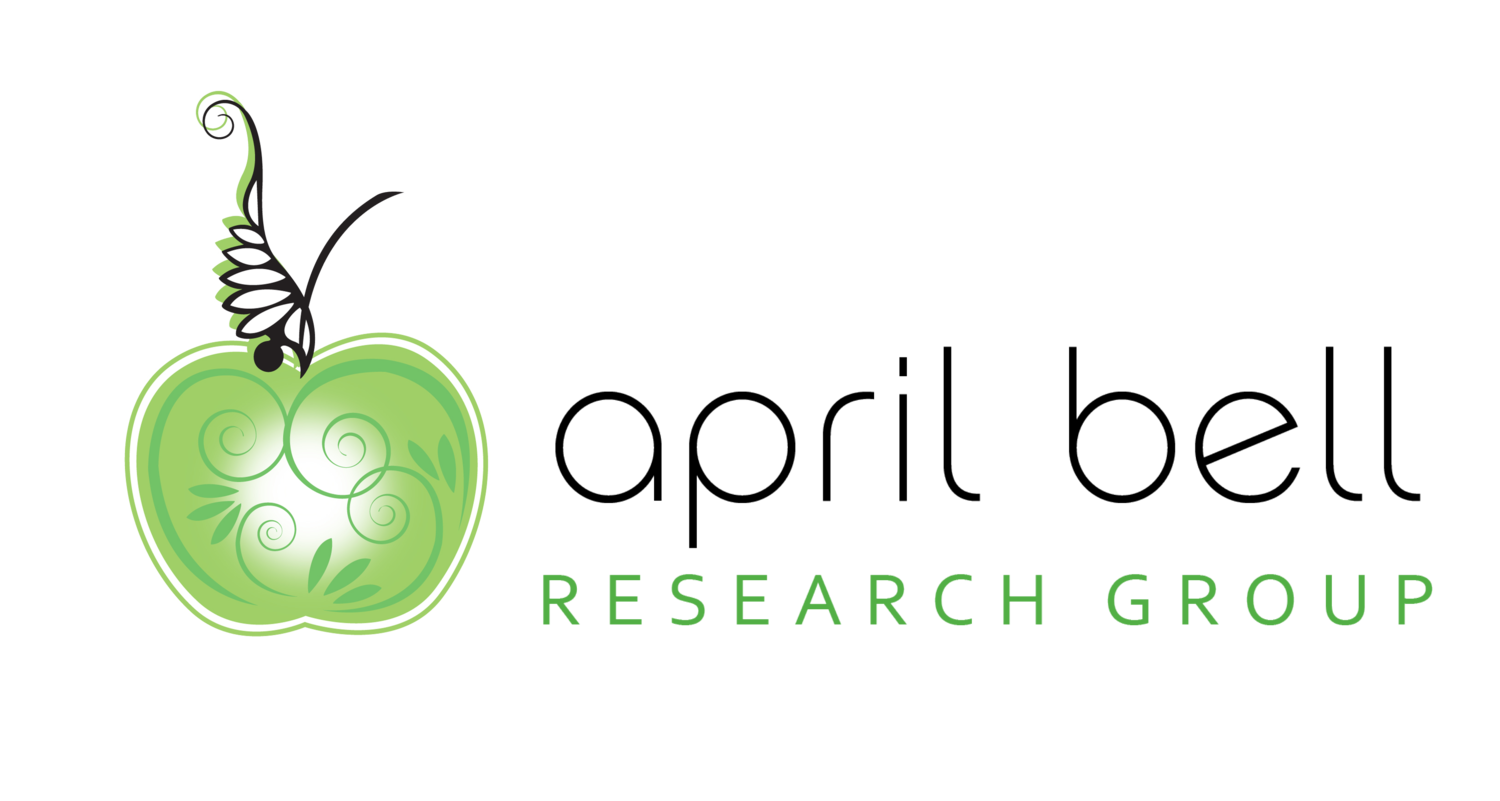Mark Potts of MindShare and Dr. Andrew Pradeep of NeuroFocus gave an excellent presentation about the process of using neuroscience for marketing research in their workshop presentation titled: Neurological Testing Reveals the Truth of Audience Engagement.
Here are the basics:
Who:
Respondents are recruited based on research objectives (as in traditional studies).
What:
Respondents wear a "full cap" on their head with 64 sensors attached. These collect data 2000 times every second. This coupled with eye-tracking is the "data collection" methodology.
Why:
Consumers can't tell us everything they're sensing. For example, a consumer may look very closely at something on a grocery store aisle that grabs attention but the subconscious areas of the brain don't "tell" the conscious what they think, feel, etc. But it can, however, be measured through brain activity.
How:
3 metrics are measured directly at the brain.
- Attention: what are you paying attention to....this is based on the science behind ADD/ADHD clinical diagnosis
- Emotion: how are you emotionally engaged ....this is based on the science behind mania & phobia clinical diagnosis
- Memory Retention: what is it that you're experiencing that activates your memory....this is based on the science behind Alzheimer's
When:
As with all new technological tools in research, this is not a catch all approach but 3 of the areas where it can be used is when trying to measure:
- Purchase Intent
- Novelty
- Awareness


















